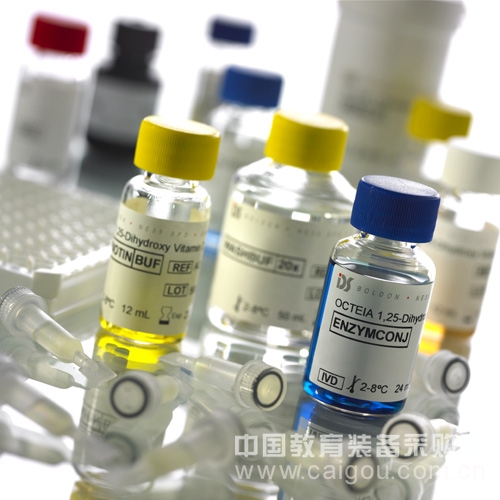Key Points and Basic Techniques for Serum Preservation
Storing serum properly is essential to maintain its quality and effectiveness, especially in laboratory or cell culture settings. When long-term storage is required, serum should be kept in a low-temperature refrigerator at -20°C to -70°C. If stored at 4°C, it should not exceed one month. Freezing can cause the volume of serum to increase by approximately 10%, so it's important to leave enough space in the container to prevent breakage or contamination.
Most sera provided by manufacturers are sterile, so additional filtration is typically unnecessary. However, if you notice any cloudiness or suspension in the serum, it’s advisable to filter it together with the culture medium rather than directly filtering the serum alone. This helps avoid damaging the serum components.
When thawing frozen serum, it's best to use a gradual method. Start by placing the serum in a 4°C refrigerator for about 24 hours to slowly defrost. Once fully thawed, transfer it to room temperature and gently shake it to ensure even mixing. Avoid direct thawing from -20°C to 37°C, as rapid temperature changes can lead to protein denaturation and precipitation, which may harm the serum’s performance.
Heat inactivation is sometimes performed by incubating the serum at 56°C for 30 minutes after it has been completely thawed. This process inactivates complement proteins, which can interfere with certain experiments. However, this step is usually not necessary unless specifically required. Heat treatment can increase sediment formation and reduce serum quality, so it should be used cautiously. The complement system plays a role in various immune responses, including cell lysis, histamine release, and immune cell activation.
Leaving serum at 37°C for extended periods can cause it to become cloudy and degrade the active components, which negatively affects its overall quality. It’s best to keep it at appropriate temperatures and minimize exposure to high heat.
During thawing, you may observe some flocculent precipitates. These are usually caused by denatured lipoproteins or fibrin and do not affect the serum's usability. They can be removed by centrifugation at 3000 rpm for 5 minutes if needed. In some cases, small black spots may appear under a microscope, especially after heat treatment. These are often mistaken for contaminants but are typically harmless to cell growth. If you suspect any issues with the serum, stop using it immediately and switch to a new batch.

Portable Breast Pump
Zhejiang Carebao Co., Ltd , https://www.carebao.com